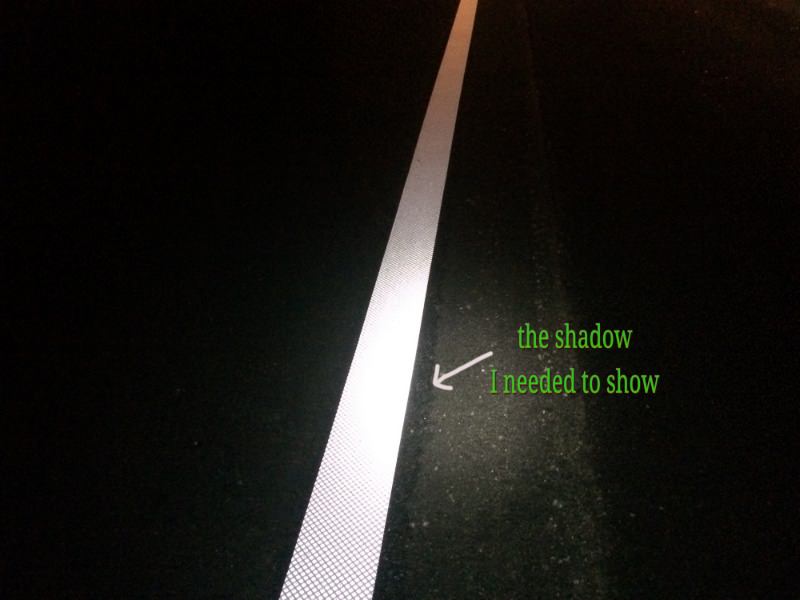zulumoose
Newly Enlightened
Hi all
I had a conversation yesterday with someone who claims a friend (who is a diver and photographer) has "given up on LED lights and gone back to halogen" because of the glare/colour issues he was having.
I know nothing about diving lights in particular, but I suggested that this was possibly due to the lumens war idea, that people buy lights for high lumens and manufacturers use LEDs with harsher, colder tints in order to bump up the output. I suggested their friend look for high CRI LED based lights and mentioned the Nichia 219 as an example of an LED designed for good colour representation.
It occurred to me though that someone into photography and underwater lighting should know all about this, and maybe I am the one who is ignorant of the issues here? Is there really a good reason to abandon LED and seek halogen lights for this application, or is it maybe a case of either ignorance or imagined/romanticised ideas about purity, like the debates around vinyl vs CD (let's not go there).
Maybe the diving industry is dominated by lumens-oriented lights, and those into that scene just aren't exposed to quality over quantity lighting unless they investigate beyond the dive shop?
Can someone educate me here? I would like to send some responses to the person involved to pass on to their friend. I feel like I should be defending LEDs, as a fan of LED flashlights, silly though that might sound (ok maybe not around here ).
I had a conversation yesterday with someone who claims a friend (who is a diver and photographer) has "given up on LED lights and gone back to halogen" because of the glare/colour issues he was having.
I know nothing about diving lights in particular, but I suggested that this was possibly due to the lumens war idea, that people buy lights for high lumens and manufacturers use LEDs with harsher, colder tints in order to bump up the output. I suggested their friend look for high CRI LED based lights and mentioned the Nichia 219 as an example of an LED designed for good colour representation.
It occurred to me though that someone into photography and underwater lighting should know all about this, and maybe I am the one who is ignorant of the issues here? Is there really a good reason to abandon LED and seek halogen lights for this application, or is it maybe a case of either ignorance or imagined/romanticised ideas about purity, like the debates around vinyl vs CD (let's not go there).
Maybe the diving industry is dominated by lumens-oriented lights, and those into that scene just aren't exposed to quality over quantity lighting unless they investigate beyond the dive shop?
Can someone educate me here? I would like to send some responses to the person involved to pass on to their friend. I feel like I should be defending LEDs, as a fan of LED flashlights, silly though that might sound (ok maybe not around here ).


